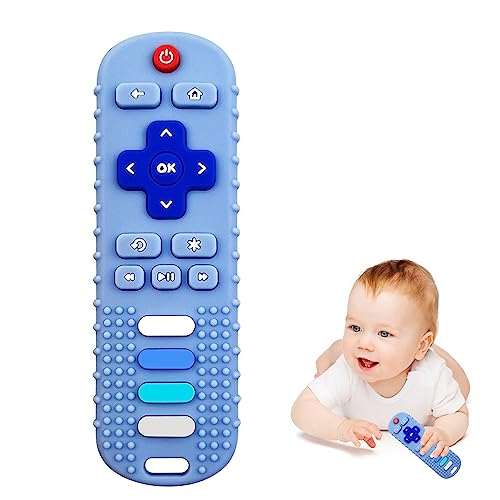One of the biggest challenges for new parents is helping their baby develop a consistent sleep routine. Sleep deprivation can be exhausting, and while many sleep training methods offer solutions, some involve excessive crying, which many parents prefer to avoid.
The good news is that gentle sleep training techniques allow babies to learn healthy sleep habits without distress. These methods focus on gradual adjustments, reassurance, and consistency, making the transition to independent sleep much smoother.
Understanding Gentle Sleep Training
What Is Gentle Sleep Training?
Gentle sleep training is an approach that encourages babies to sleep independently while maintaining a sense of security and connection with their caregivers. Unlike traditional sleep training methods that involve prolonged crying, this approach helps babies adjust to sleep gradually while minimizing stress.
- Encourages self-soothing while ensuring emotional comfort.
- Promotes independent sleep without abrupt changes.
- Strengthens the parent-child bond through reassurance and patience.
By using gentle sleep training, parents can establish healthy sleep routines while keeping their baby feeling supported.
When to Start Gentle Sleep Training
The ideal time to begin gentle sleep training varies for each baby. Most babies can start learning independent sleep habits between four and six months when their sleep cycles become more structured.
- Some parents introduce small sleep changes earlier to establish a foundation.
- If a baby is experiencing teething, developmental milestones, or illness, waiting a little longer may be beneficial.
- The key is to ensure the baby is developmentally ready and that parents feel comfortable with the process.
Consistency and patience play a crucial role in making gentle sleep training effective.
Effective Gentle Sleep Training Methods
The Fading Method for Gradual Independence
The fading method involves gradually reducing parental involvement in the baby’s sleep routine.
- Begin by soothing the baby in the crib until they fall asleep.
- Over time, decrease the amount of physical contact and verbal reassurance.
- Eventually, allow the baby to fall asleep independently with minimal intervention.
This method works well for babies who need time to adjust to sleeping without constant parental presence.
The Chair Method for a Gradual Transition
The chair method allows parents to stay nearby while the baby learns to sleep independently.
- Start by sitting next to the baby’s crib while they fall asleep.
- Move the chair slightly farther away each night until the baby no longer needs the visual presence of a parent.
- Offer verbal reassurance but avoid picking the baby up unless absolutely necessary.
This technique helps babies feel secure while encouraging them to sleep on their own.
Pick Up, Put Down Method for Comfort and Independence
This method involves comforting the baby when they cry but allowing them to settle independently.
- Place the baby in the crib when they are drowsy but still awake.
- If the baby cries, pick them up for comfort and put them back down once they are calm.
- Repeat as needed until the baby learns to self-soothe.
This approach reinforces security while helping babies understand that they can fall asleep without continuous assistance.
Establishing a Bedtime Routine for Better Sleep Associations
A predictable bedtime routine signals to babies that it is time to sleep.
- Include calming activities such as a warm bath, reading a book, or dimming the lights.
- Maintain a consistent bedtime to regulate the baby’s internal clock.
- Avoid overstimulating activities close to bedtime.
By repeating these steps nightly, babies associate these routines with sleep, making bedtime more predictable and stress-free.

Common Sleep Training Challenges and How to Overcome Them
Frequent Night Wakings
Babies often wake up at night, which can disrupt their sleep training progress.
- Ensure the baby is well-fed before bedtime to prevent hunger-related wake-ups.
- Give the baby a few minutes to self-soothe before intervening.
- If teething is the issue, provide a safe teething toy or gently massage the gums.
Gentle sleep training techniques help babies learn how to return to sleep independently after night wakings.
Nap Resistance and Inconsistent Daytime Sleep
Some babies struggle with daytime naps, which affects nighttime sleep.
- Keep a consistent nap schedule to regulate the baby’s overall sleep pattern.
- Use white noise or soft music to create a calming environment.
- Ensure naps take place in a quiet, dimly lit space to reinforce sleep cues.
When naps improve, nighttime sleep also becomes more stable.
Parental Exhaustion and Fatigue
Sleep training can be exhausting for parents, especially in the initial stages.
- Take turns with a partner or caregiver to avoid burnout.
- Celebrate small progress, as every step toward better sleep is a victory.
- Be flexible and adjust techniques based on the baby’s needs and temperament.
Staying patient and consistent will lead to long-term success with gentle sleep training.
Additional Tips to Support Gentle Sleep Training
Introduce a Lovey or Comfort Object
A soft toy or blanket can provide extra security when transitioning to independent sleep. Choose a comfort object that is safe for the baby’s age.
Create a Dark and Quiet Sleep Environment
Darkness and minimal noise help reinforce healthy sleep habits. Blackout curtains and white noise machines can be helpful for maintaining a peaceful sleep space.
Stay Consistent and Calm
Babies pick up on parental emotions, so staying relaxed and maintaining consistency can make the sleep training process smoother.
Conclusion
Gentle sleep training provides a nurturing way to help babies develop independent sleep habits while feeling safe and supported. By using gradual techniques, maintaining a bedtime routine, and addressing challenges with patience, parents can establish a positive sleep experience for their baby.
Every baby is different, and flexibility is key in finding the best approach. With time and dedication, gentle sleep training can lead to better sleep for both babies and parents, creating a healthier and more restful home environment.














